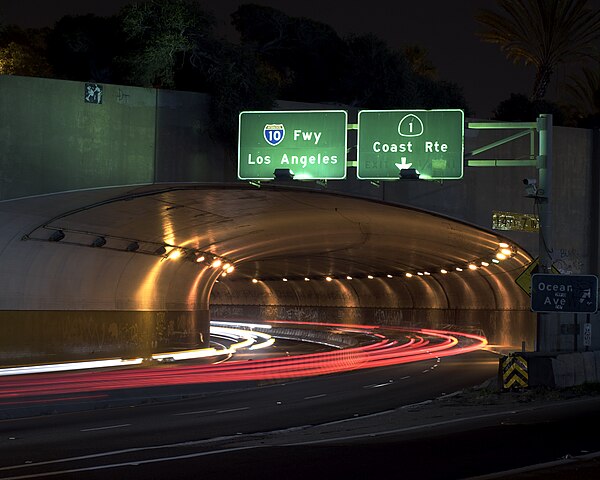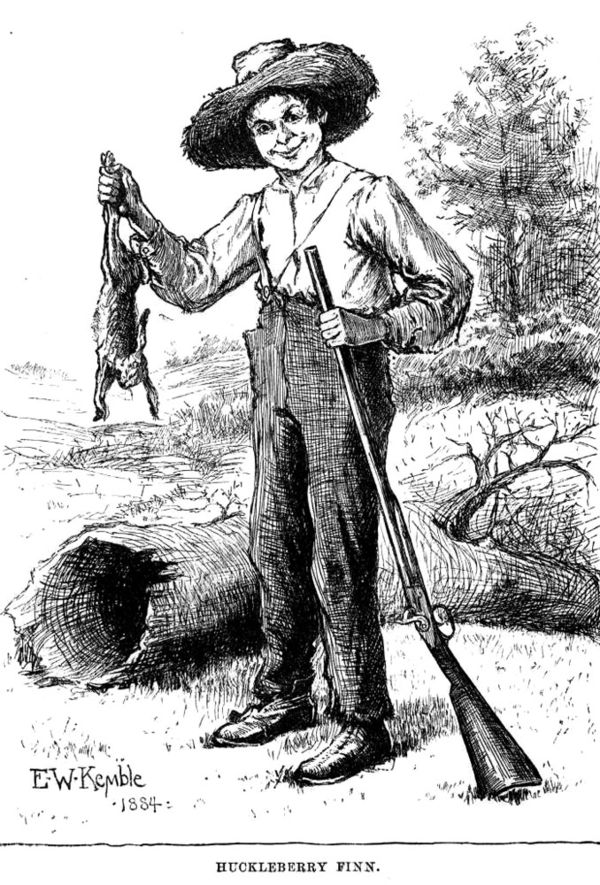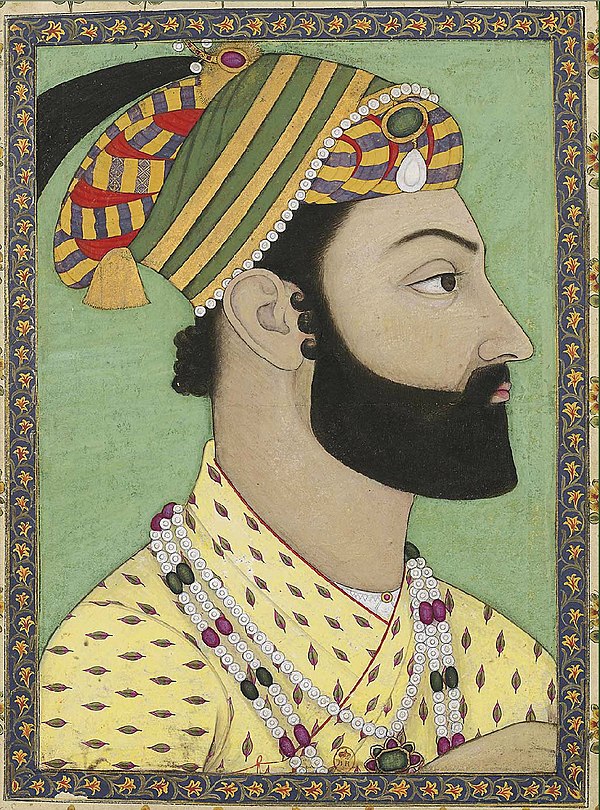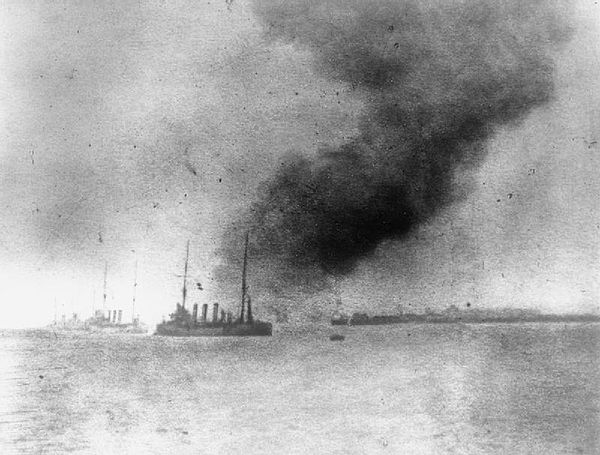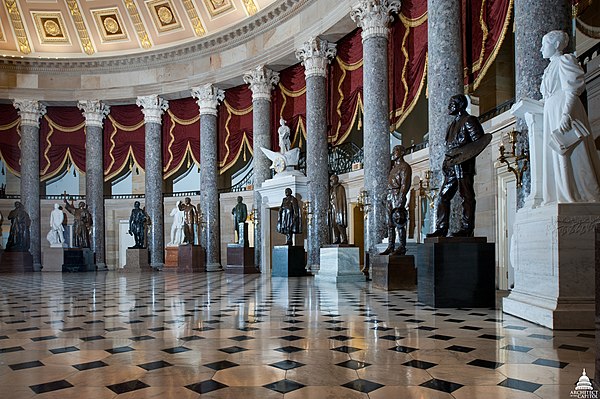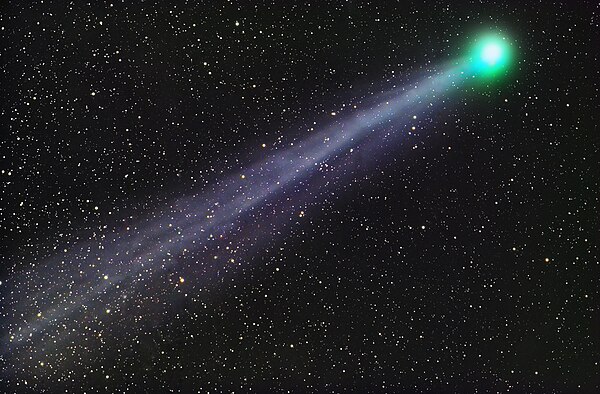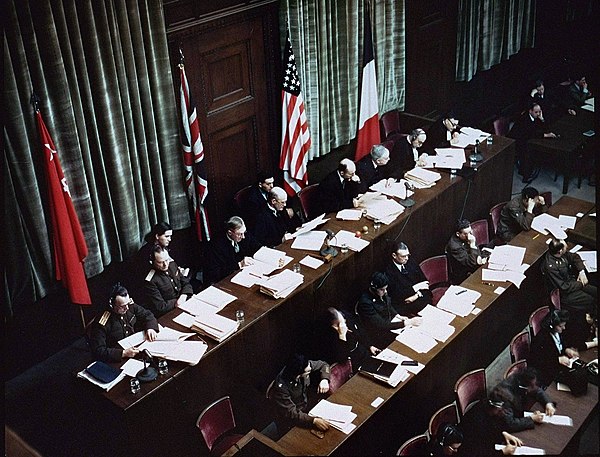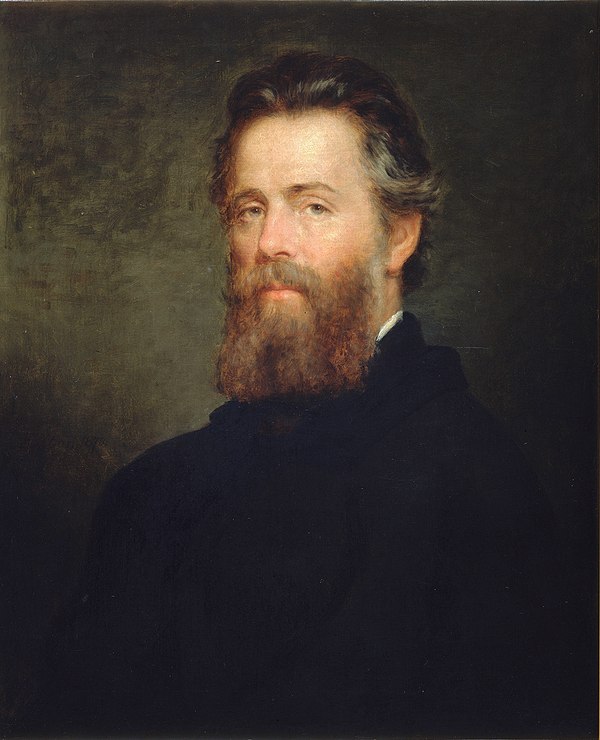20251216
From today's featured article
The Littlehampton libels were a series of letters sent to numerous residents of Littlehampton, in southern England, over a three-year period between 1920 and 1923. The letters, which contained obscenities and false accusations, were written by Edith Swan, a thirty-year-old laundress; she tried to incriminate her neighbour, Rose Gooding, a thirty-year-old married woman. Swan and Gooding (both pictured) had once been friends, but after Swan made a false report to the National Society for the Prevention of Cruelty to Children accusing Gooding of maltreating one of her sister's children, the letters started arriving. Many of them were signed as if from Gooding. Swan brought a private prosecution against Gooding for libel. Gooding was imprisoned twice, but Scotland Yard investigated and cleared her. Swan was prosecuted in December 1921. A similar case of letters being sent over several years was reported in 2024, in the village of Shiptonthorpe, East Yorkshire. (Full article...)
Did you know ...
- ... that, upon the death of Truganini (pictured), the Aboriginal population of Tasmania was declared to be extinct?
- ... that the 141 Schools for Peace campaign was formed in the aftermath of the 2014 Peshawar school massacre and received proceeds from "We Will Fly"?
- ... that a retired manufacturing CEO and a former Muppeteer co-produced a biopic of Dietrich Bonhoeffer?
- ... that Otago Farmers Market celebrated its birthday with a "long lunch" on a railway platform?
- ... that the AI creation Tilly Norwood has been described as "really, really scary"?
- ... that Depeche Mode chose to follow a set of rules, including one against using chords, when they recorded their 1987 album Music for the Masses?
- ... that Bea Sprung credits her competitive swimming background with aiding her development as a footballer?
- ... that Trinity Communion Church in New York erected a 10-foot (3.0 m) papier-mâché pink elephant on its lawn to increase its visibility in its neighborhood?
- ... that Alexander Sabar feared thesis defense more than terrorists?
In the news
- Sixteen people, including a gunman, are killed in a mass shooting attack on a Hanukkah celebration at Bondi Beach in Sydney.
- Bulgarian prime minister Rosen Zhelyazkov (pictured) and his government resign after two weeks of protests.
- Clair Obscur: Expedition 33 wins Game of the Year and eight other awards at the Game Awards.
- In Australia, a ban on the use of certain social media platforms by under-16s comes into effect.
On this day
December 16: Day of Reconciliation in South Africa

- 1640 – Prussian forces, led by Frederick the Great, moved his troops into the Habsburg region of Silesia, starting the First Silesian War.
- 1850 – Settlers of the Canterbury Association aboard Randolph and Charlotte Jane arrived to establish a colony at Christchurch, New Zealand.
- 1922 – Gabriel Narutowicz, the first president of Poland, was assassinated only five days after having taken office.
- 1930 – German-American gangster Herman Lamm killed himself during a botched robbery attempt in Clinton, Indiana, to avoid being captured by police.
- 1997 – "Dennō Senshi Porygon", an episode of the Japanese television series Pokémon, induced epileptic seizures in 685 children (effect pictured).
- Jane Austen (b. 1775)
- Bertha Lamme Feicht (b. 1869)
- Charles Brenton Fisk (d. 1983)
- Bethwel Henry (d. 2020)
Today's featured picture

The African chaffinch (Fringilla spodiogenys) is a species of passerine bird in the genus Fringilla. The African chaffinch is found from southern Morocco to northwestern Libya, and in Italy on the islands of Lampedusa and Pantelleria. There is also an isolated population in northeastern Libya. Its habitat includes deciduous forests and lowlands, and during the nonbreeding season extends its habitat to open areas including weedy fields and olive groves. The diet of the African chaffinch is similar to the Eurasian chaffinch, consisting mostly of small invertebrates and their larvae as well as flowers, seeds, and buds. This female African chaffinch was photographed in Sfax, Tunisia.
Photograph credit: Charles J. Sharp







